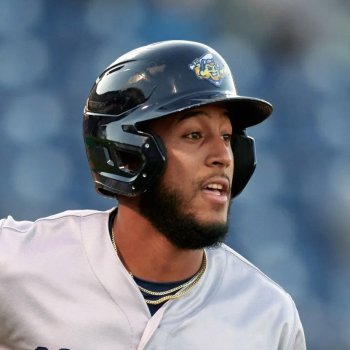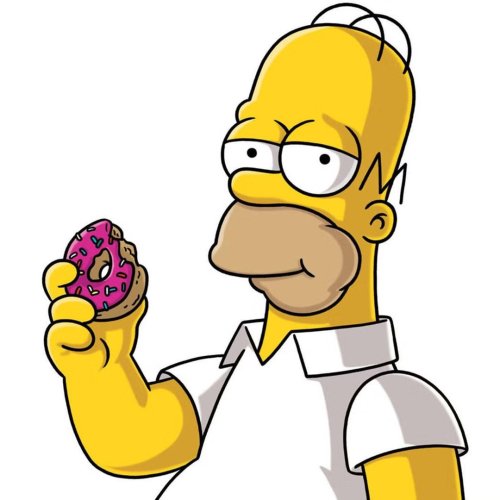
Twins Video
This question gets at important basic concepts in math and behavioral psychology, but first and foremost, let’s examine the issue through a purely baseball lens. Kepler is a young player who still has room and time to improve. He didn’t hit the ball as hard in 2020 as he had in 2019, but as I discussed last week, part of that problem stemmed from his approach. He did show an improved ability to do damage on pitches low and in, which had been a problem in the second half of his breakout season. It’s insufficient to say he’s had bad luck over the last three years, but improved outcomes on batted balls are pretty easy to imagine for him.
On the other hand, he’s an extreme pull hitter, and an extreme fly-ball hitter. In the age of defensive shifts, that’s a recipe for a very low BABIP. No batter with at least 1,200 plate appearances over the last three seasons has as low a BABIP as Kepler’s, but two of the other four under .250 (Kyle Seager and Kole Calhoun) have the same offensive profile as Kepler. They all rely on hitting the ball over the wall, drawing walks, and avoiding calamitous strikeout rates to have success. (The other two BABIP laggards, as one might guess, are Albert Pujols and Edwin Encarnación.)
Still, consider the throwaway fact in the middle of that paragraph. No batter who has played anywhere near as much as Kepler has over the last three years has had as low a BABIP. That’s where this becomes a question of math and prediction. Regression alone should pull Kepler significantly toward the league’s average BABIP, which hovers around .300, or at least toward some average for players of his type. If we ignore the base rate for BABIP throughout the league, we will commit a systematic error in assessing the chances that Kepler improves in 2021.
Baseball Prospectus’s PECOTA projection system offers percentile projections for every player. Kepler’s 50th-percentile projection for 2021 pegs him at 3.2 Wins Above Replacement Player (WARP), with a sturdy 119 DRC+. That’s good even for a corner outfielder. To get there, though, it projects Kepler to post a .270 BABIP. It gives him a BABIP to match his last three years, at .240, only in his 5th-percentile projection, wherein he hits .207/.286/.372 overall.
Other projection systems mostly see Kepler’s BABIP landing around .260 in 2021. Does that mean all of these are overestimating him? It could. It’s pretty clear that Kepler needs to make adjustments at the plate. He’s evolved impressively over the course of his big-league career, but his inability to generate hard contact against certain pitches or to certain parts of the park (plus the inherent disadvantage of being a lefty pull hitter, in the modern game) is putting a cap on his potential production.
Even so, it’s more likely that we’ll see him improve in those ways this year, as long as he’s healthy and keeps his strike zone organized, than that he’ll continue to be the league’s worst BABIP guy. Count that as one more reason to expect a solid season from a reliably solid player. Just remember, too, that we don't yet know how he'll make those adjustments, or what it might cost in other facets of his game.
MORE FROM TWINS DAILY
— Latest Twins coverage from our writers
— Recent Twins discussion in our forums
MORE FROM TWINS DAILY
— Latest Twins coverage from our writers
— Recent Twins discussion in our forums
— Follow Twins Daily via Twitter, Facebook or email
— Become a Twins Daily Caretaker





Recommended Comments
Join the conversation
You can post now and register later. If you have an account, sign in now to post with your account.
Note: Your post will require moderator approval before it will be visible.